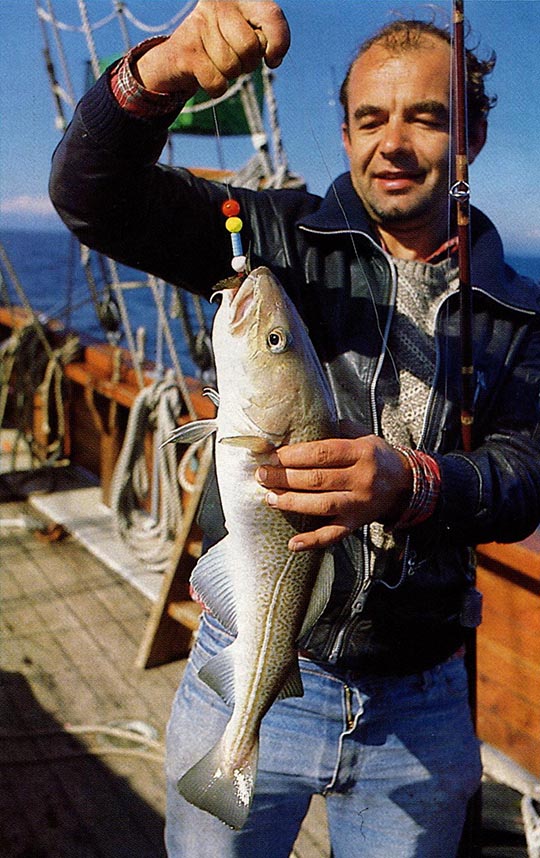 Proponuję wyjazd na dorsza do Holandii, do Den Helder. Działa tam Teun de Booy, organizator i manager Hochsee Angeltorns (wyprawy pełnomorskie), jednocześnie wielki oryginał i pomocnik wszystkich wędkarzy. Dwa prawie tej samej wielkości jachty czekają w porcie: „Mercuur” i „Paraat”. Prowadzący jachty, panowie Lont i Bakker wypływają od połowy października do maja na dorsze, a w pozostałym czasie na makrele. „Ton”, jak nazywany jest ten żywy i ruchliwy manager, musi sprostać zapotrzebowaniu swoich klientów. W lecie większość wędkarzy chce łowić makrele. Ja niestety nie. Nie odpowiadają mi orgie połowowe tych ryb ławicowych. Mniejszości jednak, takie jak ja, mogą również zaspokoić swoje pragnienia. Z reguły, każdy czwartek to dzień połowu dorsza. Jednak i to nie zadowala mnie, gdyż zamawiam zwykle dwudniowe tury. Mam ku temu swoje powody. Otóż podczas tur jednodniowych, tłoczy się ok. 70 wędkarzy przy burcie 42 metrowego „Mercuura”, podczas kiedy dwudniowe wypady znajdują maksymalnie 17 zwolenników. Zresztą więcej miejsc do spania na jachcie nie ma.
Proponuję wyjazd na dorsza do Holandii, do Den Helder. Działa tam Teun de Booy, organizator i manager Hochsee Angeltorns (wyprawy pełnomorskie), jednocześnie wielki oryginał i pomocnik wszystkich wędkarzy. Dwa prawie tej samej wielkości jachty czekają w porcie: „Mercuur” i „Paraat”. Prowadzący jachty, panowie Lont i Bakker wypływają od połowy października do maja na dorsze, a w pozostałym czasie na makrele. „Ton”, jak nazywany jest ten żywy i ruchliwy manager, musi sprostać zapotrzebowaniu swoich klientów. W lecie większość wędkarzy chce łowić makrele. Ja niestety nie. Nie odpowiadają mi orgie połowowe tych ryb ławicowych. Mniejszości jednak, takie jak ja, mogą również zaspokoić swoje pragnienia. Z reguły, każdy czwartek to dzień połowu dorsza. Jednak i to nie zadowala mnie, gdyż zamawiam zwykle dwudniowe tury. Mam ku temu swoje powody. Otóż podczas tur jednodniowych, tłoczy się ok. 70 wędkarzy przy burcie 42 metrowego „Mercuura”, podczas kiedy dwudniowe wypady znajdują maksymalnie 17 zwolenników. Zresztą więcej miejsc do spania na jachcie nie ma.
Dwa dni na kursie dorszowym
Co bardzo ważne: dwudniowe tury odbywają się w lecie, a więc w głównym sezonie połowu makreli. Kutry biorą tym razem kurs wyłącznie na makrele. Chyba, że wynajmuje się jacht dla całej grupy, wtedy wybieramy dowolny kurs i płyniemy na dorsze.
Kto w tych regionach szuka dorsza, ten musi szukać wraków. W żadnym morzu świata nie ma tylu wraków, co w Morzu Północnym. Jednak dwa aspekty są nieodłączne: odpowiednie wyposażenie w echosondę oraz duże doświadczenie prowadzącego statek. „Mercuur” i „Paraat” mają wszystko to na pokładzie, ponadto „Ton” i jego marynarze mają również konieczną rutynę. Na ich mapach są zaznaczone wraki, których na innych mapach morskich się nie znajdzie. Po około dwugodzinnym rejsie napotykamy na wieże wiertnicze, a załoga ustaliła już z wielką precyzją położenie wraku statku.
Następnie kapitan wyrzuca boje, aby w razie silnego dry-fu móc szybko powrócić na zaznaczone miejsce. Syrena była sygnałem do rozpoczęcia połowu. Sprzęt, jakim łowi się zwykle dorsza na Bałtyku, nie zda tu absolutnie egzaminu. Przede wszystkim, zostawcie wasze błystki w domu. „Tylko ten, kto ma za dużo pieniędzy, łowi tu przy użyciu pilke-rów – radzi „Ton”. Wrak bowiem jest jedną wielką pułapką dla tych metalowych przynęt. Szybciej można się ich pozbyć „zanęcając”, czyli wyrzucając je za burtę bez umocowania na żyłce. Zamiast pilkerów, używamy do obciążenia przynęty, ciężarków ołowianych ok. 300 g masy (przy bezwietrznej pogodzie) lub cięższych. Jeżeli morze jest trochę wzburzone lub prądy morskie są dość silne, należy wybierać obciążenie 500 g. Średnica żyłki wynosi co najmniej 0,50 mm, a najlepiej 0,60 mm. Boczne przypony są nieco cieńsze, aby eliminować w razie zaczepu zerwanie całego systemu. Duże haki (rozmiar 5/0), ciężkie kołowrotki i sztywne wędki – w połowach nad wrakiem musi być wszystko większe niż normalnie.
I tu niejeden z nas zastanawia się, jak długo będzie się taki kompletnie nowy sprzęt amortyzował. Otóż nie ma zmartwienia. Na pokładzie statku można wszystko wypożyczyć od wędki poprzez kołowrotek do żyłki i to za jedyne 5 Eur! Ołów, paternoster, dodatki do przynęty, karabińczyki należy kupić lub uzupełnić w dobrze wyposażonym „magazynie części zamiennych”. Nie zapominajmy nigdy następujących rad: najlepsza przynęta na dorsza to „Octopussy”. Ta imitacja ośmiornicy z trzęsącymi się odnogami, jest tu absolutnym przebojem; tylko wybór jej ubarwienia pozostaje pytaniem. Nieraz biją się dorsze w swych samobójczych zapędach o zielone wersje tej przynęty, a nieraz czerwono-żółte wydania znajdują ich uznanie.
Powróćmy do ryb mieszkających we wrakach. Otóż pierwszymi egzemplarzami, jakie tam złowiłem, były francuskie dorsze, rozczarowujące swą wielkością. Nie były to oczywiście dorsze, które pomyłkowo przypłynęły z Francji. Jest to odmiana (Trisopterus luscus), która poprzez brak charakterystycznego dla dorsza mar-murkowego wzoru oraz mniejsze uwidocznienie linii bocznej w porównaniu do „naszych” dorszy znacznie się od nich różni. Różnice wielkości między obydwiema odmianami są kolosalne. Większość „Francuzów” osiągała ok. 1/2 kg, największe egzemplarze mierzą ok. 35 cm, a więc niewiele więcej ponad wymiar ochronny dorsza.
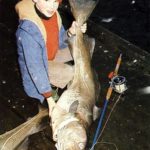
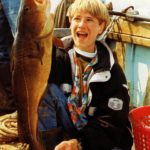
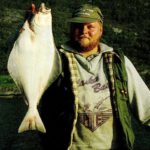
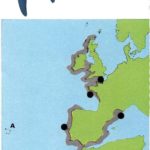
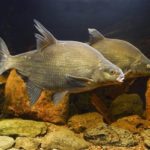
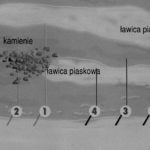

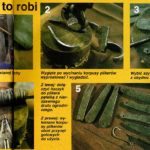

Czy w maju też pływak na dorsze?
Witam.
Czy ta oferta odnośnie dorszy jest nadal aktualna?Jakieś dokładniejsze namiary i cennik.
Pozdrawiam
sportvisserijmercuur.nl tu masz wszystko ,,,,,
nie mam kompanów do takiej wyprawy ,,,, a samemu mi sie nie kalkuluje , gdybys sie wybierał daj cynk ,,, 🙂